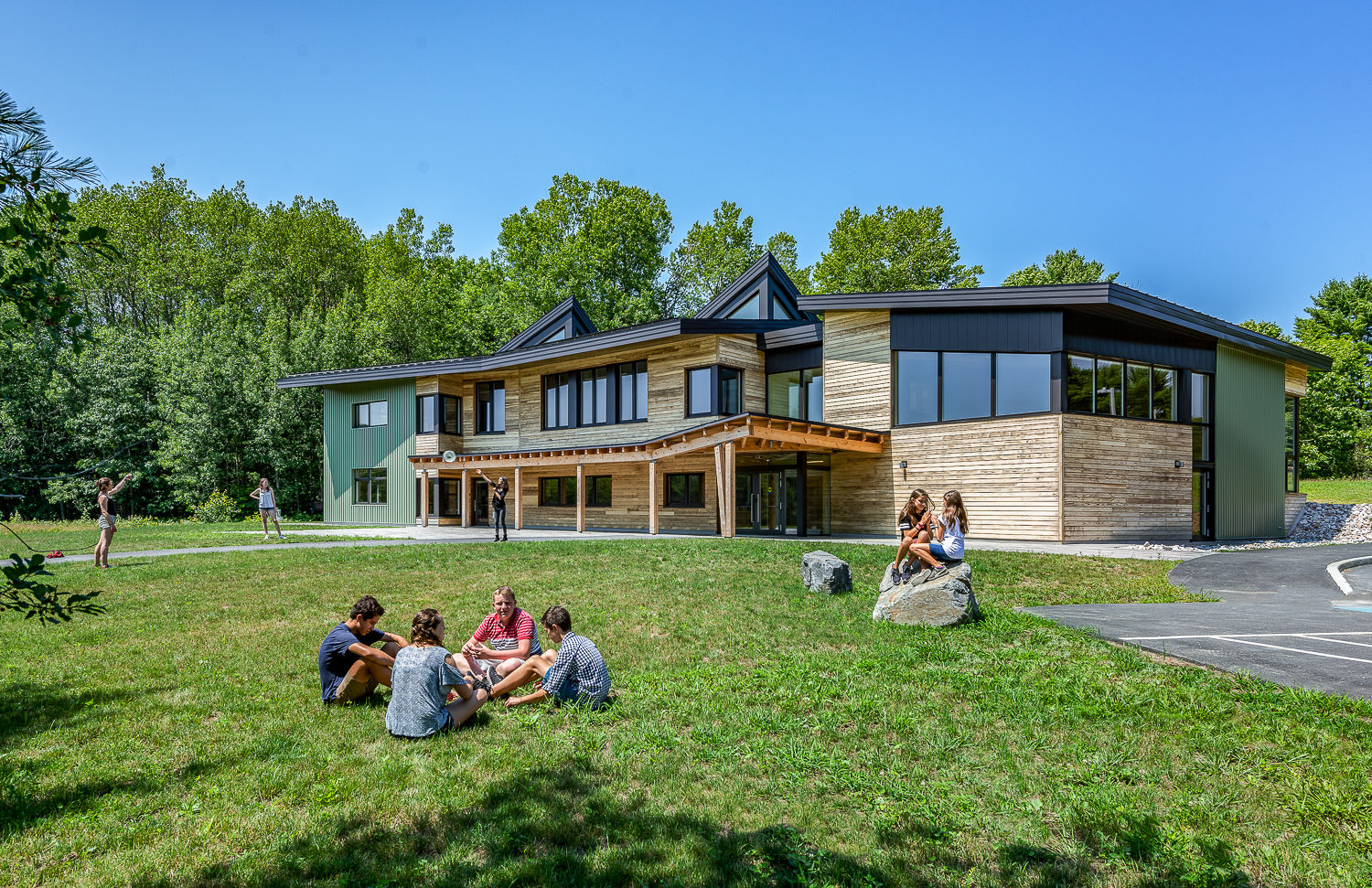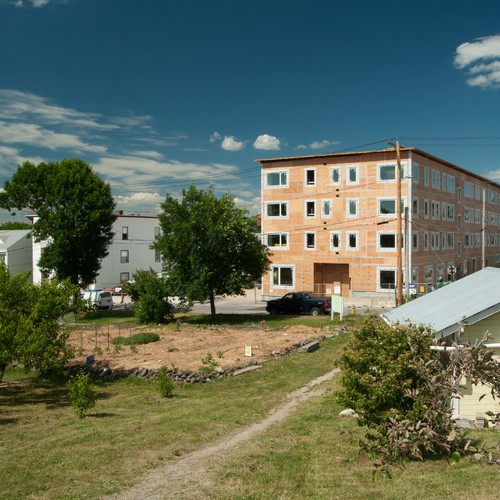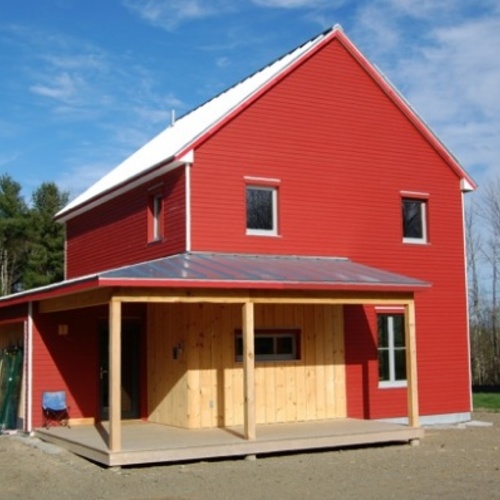
A Maine-based non-profit is collaborating with a national affordable housing advocate to develop a Passive House certified apartment building for disabled adults.
The $15 million project, which will be built to standards of the Passive House Institute U.S., will feature what developers called smart-home technology allowing residents to live as independently as possible.
The announcement came from 3iHoME, whose goal is to create independent living opportunities for disabled adults—an underserved group that has particular trouble finding affordable places to live. Its partner, Preservation of Affordable Housing or POAH, is a national non-profit based in Massachusetts that owns 13,000 affordable housing units in 11 states.
Julie Klump, POAH’s head of design and building performance, said in an email that the non-profit has completed two Passive House projects, has two in construction and another five in design.
“Passive House is the most rigorous certification program, but it is a guarantee that the building will operate efficiently, provide healthy and comfortable homes for our residents, provide resiliency in power outages, and reduce carbon.”
The apartment building will be located in a new residential and commercial development on the site of a former horse racing track a few miles south of Portland. Apartments will follow “universal design” principles that make them more livable for people with disabilities (“3i” stands for innovative, independent, and integrated). Bathrooms, living areas, and kitchens all will be barrier free, and the building will be wired for environmental controls and smart-home features, according to the project’s announcement from 3iHoME founder Paul Linet.
The project will help fill an especially acute gap in housing caused in part by the closure of nursing homes and shared-living communities in the state. A $509,000 federal grant to develop smart-home technology will help.
“People with disabilities who find themselves challenged to complete activities of daily living are at risk of institutional placement well before their time,” Linet said in a prepared statement. “With the help of this federal funding, our residents will be empowered to manage their own lives in a supportive, accessible environment that will reduce hospitalizations and emergency room visits; and improve productivity and overall health and wellbeing.”
Technology still in development
Asked to elaborate on some of the smart-home features that will be built into the project, Cory Fellows, vice president for real estate development at POAH, said the specifics are still in the works.
“We are still exploring options and working through the details,” he said in an email. “but the overriding goal is to enhance the property with technology that will enable disabled residents to live as independently as possible so that their apartment and the rest of the building feel like home instead of a nursing home.”
Features could include voice-controlled heating and cooling, lights and appliances, window blinds and security, he said. Apartments may also come with automated lifts and other equipment that make it easier for residents to bathe and dress. In an institutional setting, those things would require help from aids.
The building is being designed by The Architectural Team, which has worked with POAH on several projects in the past.
Fellows said each of the 50 or so apartments will cost about $300,000, to be financed by a mix of public and private money. Rents for the one-, two- and three-bedroom apartments will range from $1,200 to $2,200.
The project is now in the planning and approval process; developers expect to break ground in 2024 and have the building ready for occupancy the following year.
Scott Gibson is a contributing writer at GBA and Fine Homebuilding magazine.
Weekly Newsletter
Get building science and energy efficiency advice, plus special offers, in your inbox.















0 Comments
Log in or create an account to post a comment.
Sign up Log in